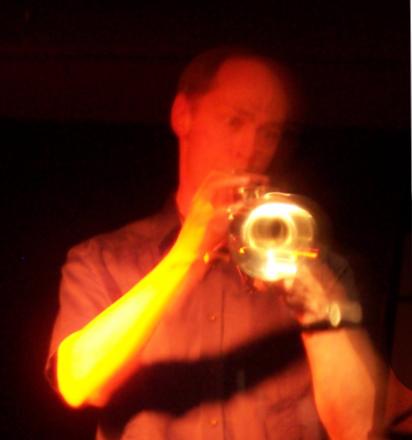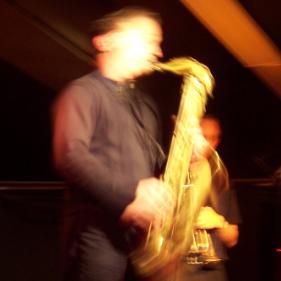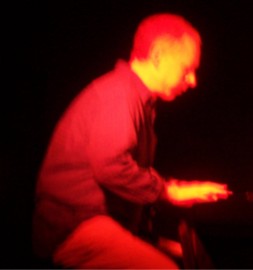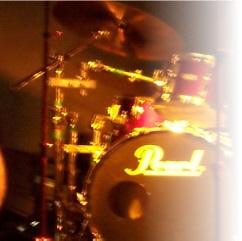




 |
|
Mole Valley Music |
    |
Home | Teachers | Youth Music | Adult Music | Festivals | Grades | Buy, hire, repairs | Theory | Aural | Brass | Downloads | Philip Bishop - Brass Lessons | Double Bass | Acoustic Resonance | |
| Mole Valley Music - brass lessons: trumpet, cornet, etc. | |
Acoustic Resonance - jazz band playing jazz, latin,
blues,
cocktail music, dancing for parties, weddings & functions in
Surrey, Sussex, Hampshire, London |
|
MoleValleyMusic.co.uk |
Performance directions for Piano, Strings & Brass
|
|
Left pedal |
Soft pedal, or Muting pedal, also called una corde. Normally three strings are used per note. When the soft pedal is pressed, the whole keyboard is shifted along so that hammers on strike two strings in the upper register and one string in the lower register |
|
Middle pedal |
Sostenuto pedal (not fitted to all pianos). Depressing the pedal dampens only the notes that have been struck |
|
Right pedal |
Damper pedal. When pressed, felts are lifted off the piano strings to allow the sound to be sustained. |
|
|
|
|
|
Press down / release the damper
pedal |
|
|
spread the notes of the chord quickly starting from the bottom |
|
mano |
hand (mano sinistra, m.s. - left
handed; mano destra, m.d. - right handed; also used
for the harp) |
|
Una corde |
one string, depress the soft pedal |
|
Tre corde |
three strings, release the soft pedal |
|
|
|
|
S.P._______ |
Sostenuto Pedal – hold the sustain pedal down for the notes indicated by the line |
|
|
Down
bow |
|
|
Up bow |
|
arco |
bowed |
|
pizzicato |
plucked |
|
sul G |
play on the G string (also sul D, sul A, sul E) |
|
sul ponticello |
play near the bridge |
 |
a slur shows that the notes are to be played in a single bow stroke (either up or down) |
|
con sordini / con sord. |
with mute |
|
senza sordini / senza sord. |
without mute |
The links below provide terms, including Italian, French and German, all needed learnt for ABRSM theory exams.
Theory Pages
Main theory
page
Grade 1 Italian terms
Grade 2 Italian terms
Grade 3 Italian terms
Grade 4 Italian and French terms
Grade 5 Italian and German terms
Ornaments trill,
mordent,
turn, appoggiatura, acciaccatura, glissando, portamento
Degrees of the scale
tonic, supertonic, mediant, subdominant, dominant, submediant,
leading
note
Orchestral Instruments
brass,
woodwind, strings, voices, clefs, transposition
ASBRM exam notes pass marks,
exam
durations, exam rules
| Top |
Copyright © 2006 Philip Bishop. All rights reserved.